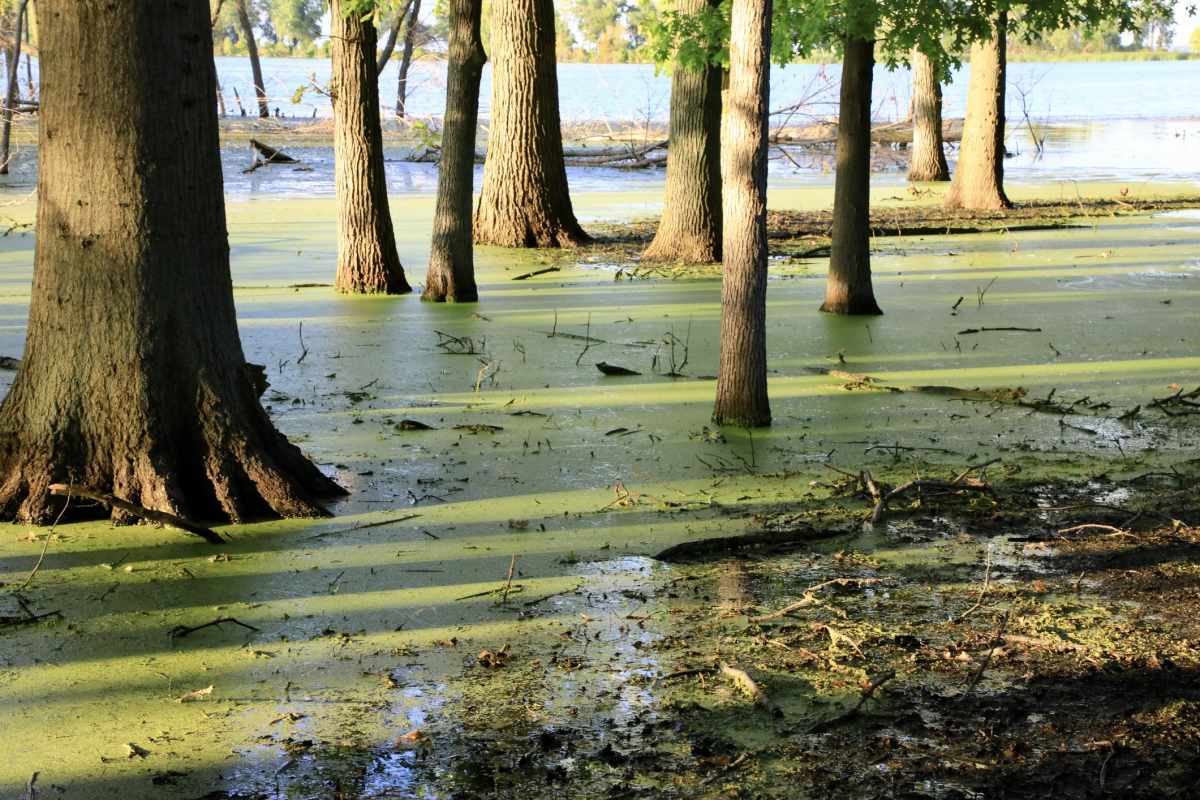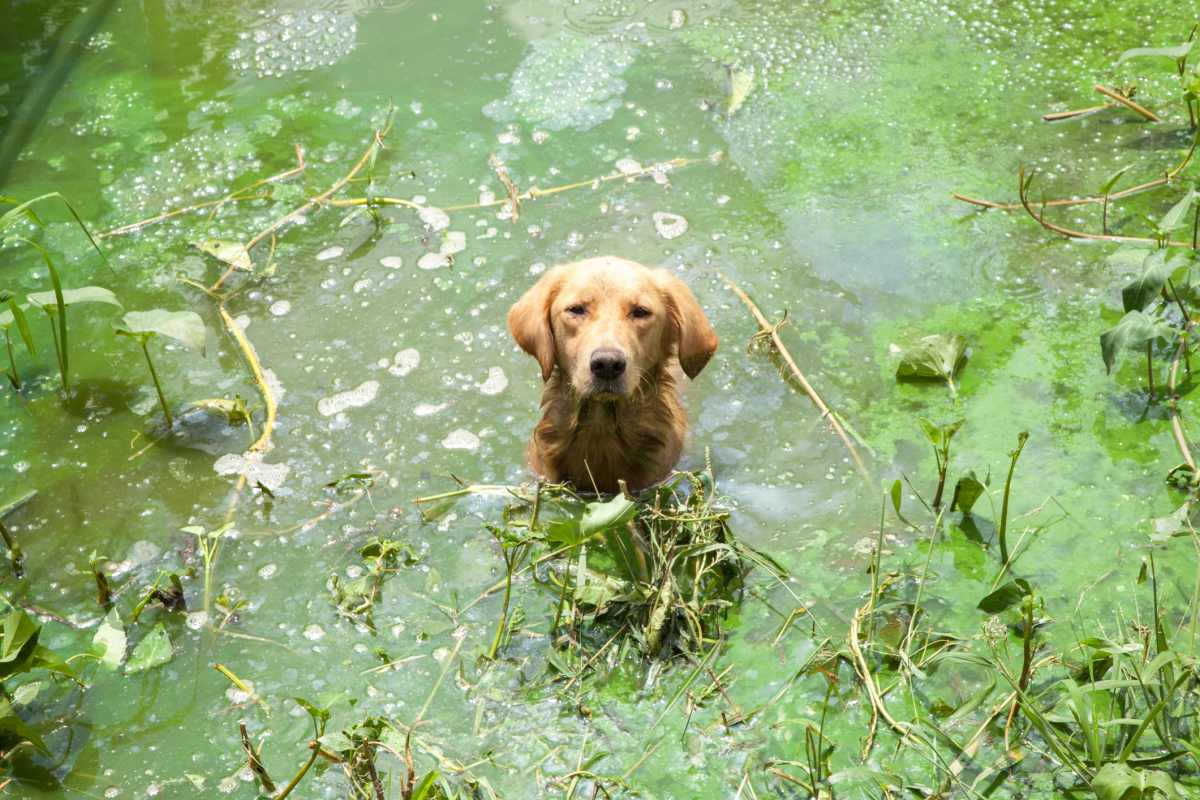Vets warn pet owners of a hidden hazard in lakes and ponds that can be fatal within minutes of exposure

As summer heats up, many pet owners flock to lakes and ponds with their furry friends to cool off. However, there’s a hidden hazard in the water that could be potentially fatal for pets. A veterinary expert from Virginia Tech has issued a warning about a toxic threat that thrives in warm, stagnant water. As reported by News Wise, Alexandra Reddy, from the Virginia-Maryland College of Veterinary Medicine, shared the dangers of this hidden menace.

This deadly hazard is caused by harmful algal blooms, which can often appear as harmless pond scum or spilled paint on the water's surface. These blooms thrive in warm conditions, making them particularly dangerous in the summer. The toxins produced by the algae target the liver and nervous system. “Even just a few mouthfuls of contaminated water can be fatal to your pet,” Reddy warned, urging owners to stay alert.

To protect pets, Reddy shared valuable advice for recognizing and avoiding these toxic blooms. Signs of harmful algae include thick scum or foam on the water, which may be blue-green, red, or brown. The water might also have a foul, rotting odor from decaying plants. "You can't tell if a bloom is toxic just by looking at it, so it’s best to assume all algal blooms are toxic," Reddy explained. Owners should avoid letting pets near water with these visible signs of contamination.

If a pet has been exposed to contaminated water, Reddy emphasized the need for immediate action. Symptoms of poisoning can appear quickly, including vomiting, diarrhea, excessive drooling, seizures, and difficulty breathing. In some cases, pets may die suddenly. "Do not wait for clinical signs to develop. Bathe them immediately with clean water to prevent them from licking toxins off their fur, and seek immediate veterinary attention," Reddy advised. Pet owners should also check local warnings before visiting lakes and ponds, as many areas, like Virginia, provide up-to-date advisories on harmful algal blooms.

Pet Health Club further details the toxins and how they affect dogs. These deadly toxins are produced by the cyanobacteria, which mainly create four types of toxins. Firstly, hepatotoxins damage the liver and can even lead to organ failure. Neurotoxins are especially dangerous, as they target the brain, often resulting in sudden death. These toxins also attack the nervous system. Nephrotoxins cause kidney failure, showing signs like excessive thirst and urination. Finally, dermal toxins lead to painful skin reactions such as rashes, hives, and burns.

A report by the National Library of Medicine highlighted the harmful effects of cyanobacteria. Between the 1920s and 2012, 368 cases of cyanotoxin poisoning in dogs were reported across the U.S., linked to 231 harmful algal bloom events. These numbers likely represent only a small fraction of actual cases each year, pointing out the hidden danger to pets. The report covered details of one fatal incident in which, within 20–30 minutes of exposure to cyanobacteria in a backyard pond, two dogs died. One dog was six months old, and anatoxin-a was found in its kidney. Other dogs without pond access were unaffected, and no similar cases were reported.